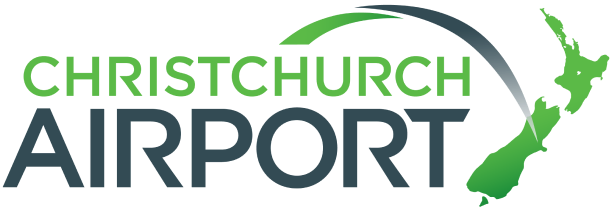For the full experience please download a modern browser. Click here to find a modern browser or discuss with your IT department.

Understanding aircraft noise
Aircraft noise is produced in all phases of flight. It is the sound caused by a moving aircraft which compresses the air around it to create noise waves by reverberating against the aircraft’s surface. The three main components of aircraft noise are:
- The engine components.
- The aerodynamic drag or resistance of airflow around the aircraft’s fuselage or wings.
- The deployment of nose and main wheel landing gear from the undercarriage and aircraft control surfaces (i.e. flaps, slats, ailerons and elevators).
Aircraft noise is most noticeable in the immediate vicinity of a runway and on the extended centrelines when aircraft approach to land at the airport or climb on take-off. Areas under flight paths immediately adjacent to the proposed site, when aircraft are operating closest to the ground, will be subject to higher levels of aircraft noise than those further from the proposed site where aircraft are at higher altitudes.
In general:
- Aircraft noise and sound waves travel equally in all directions.
- As sound waves travel away from a source, the sound intensity degreases as the energy is dispersed over a greater area.
- This is dependent on a range of factors, such as wave divergence, atmospheric absorption and ground attenuation.
The videos provided give an indication of typical aircraft noise along an indicative flight path using preferred runway alignment 04/22, using a single A320 neo aircraft. Aircraft noise will be audible outside of the illustrated profiles at lower levels.
Runway 04 arrival from Auckland
Runway 04 departure to Auckland
Runway 22 arrival from Auckland
Runway 22 departure to Auckland
